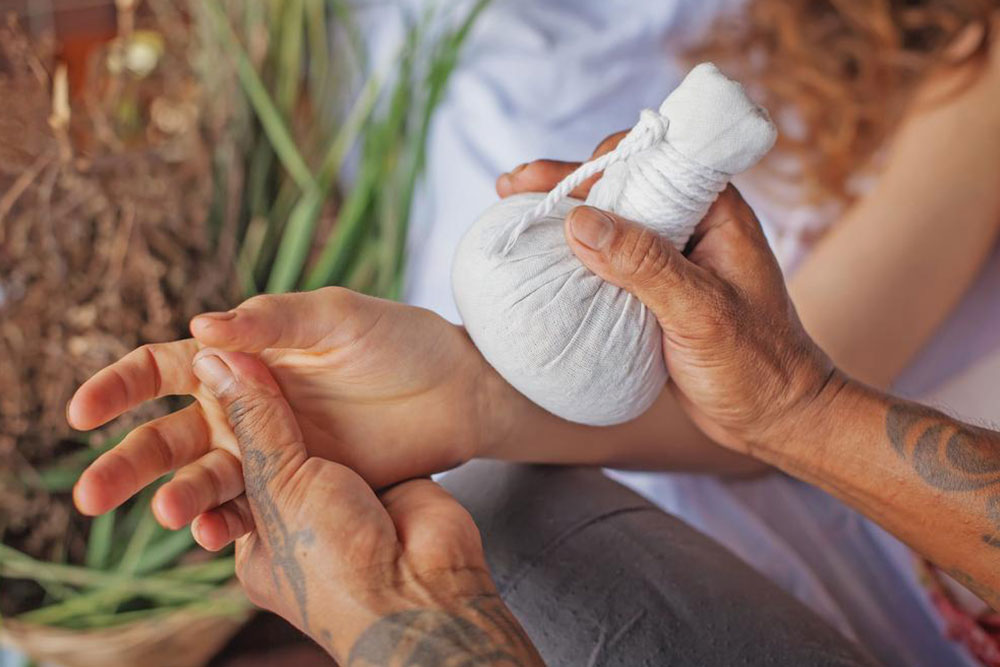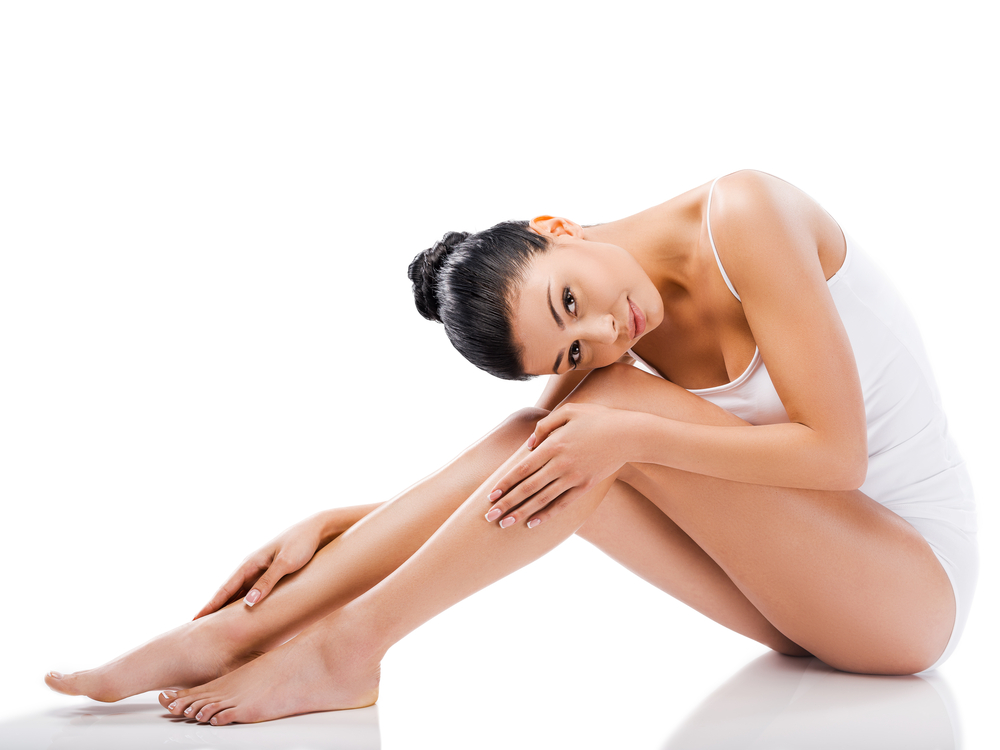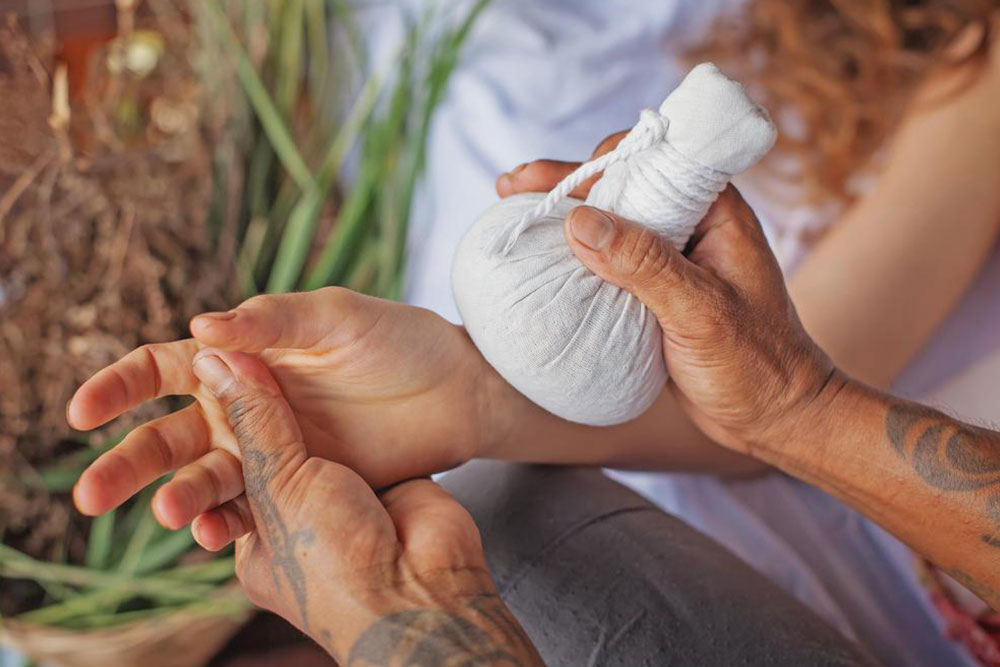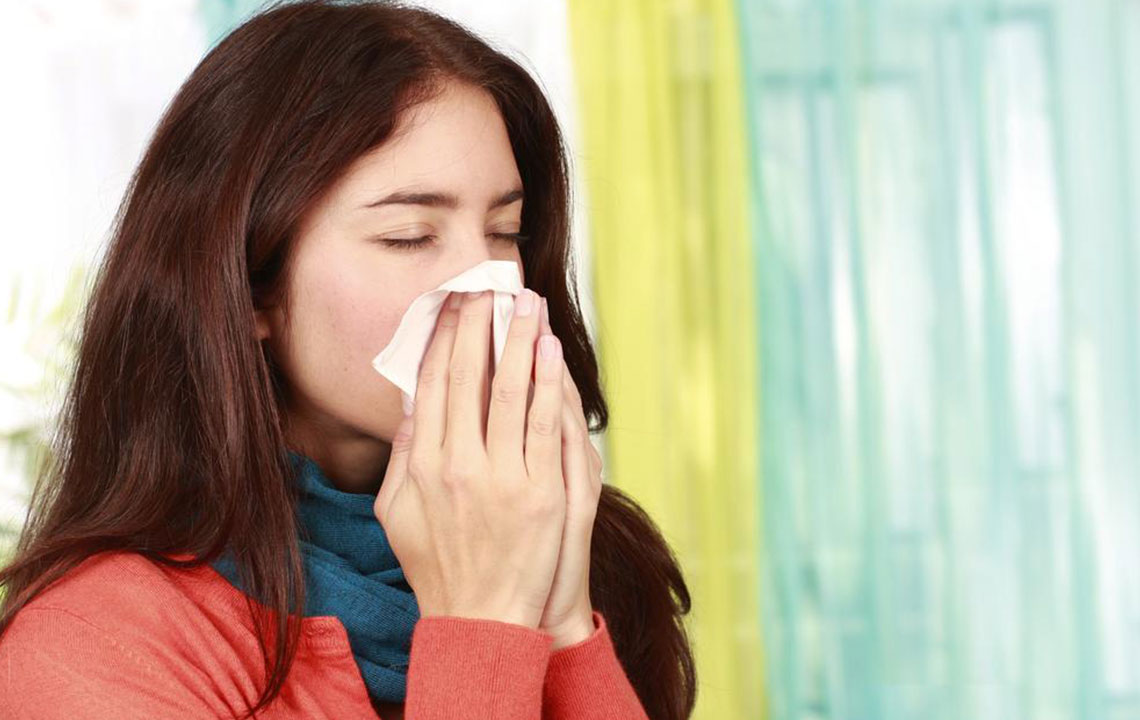The Ultimate Comprehensive Guide to Effectively Eliminating Razor Bumps
This comprehensive guide provides expert tips and effective home remedies for preventing and treating razor bumps. Learn about proper shaving techniques, skincare routines, and natural solutions to achieve smooth, irritation-free skin. Designed for all skin types, this article helps you manage ingrown hairs and avoid discomfort, promoting healthier skin every day.
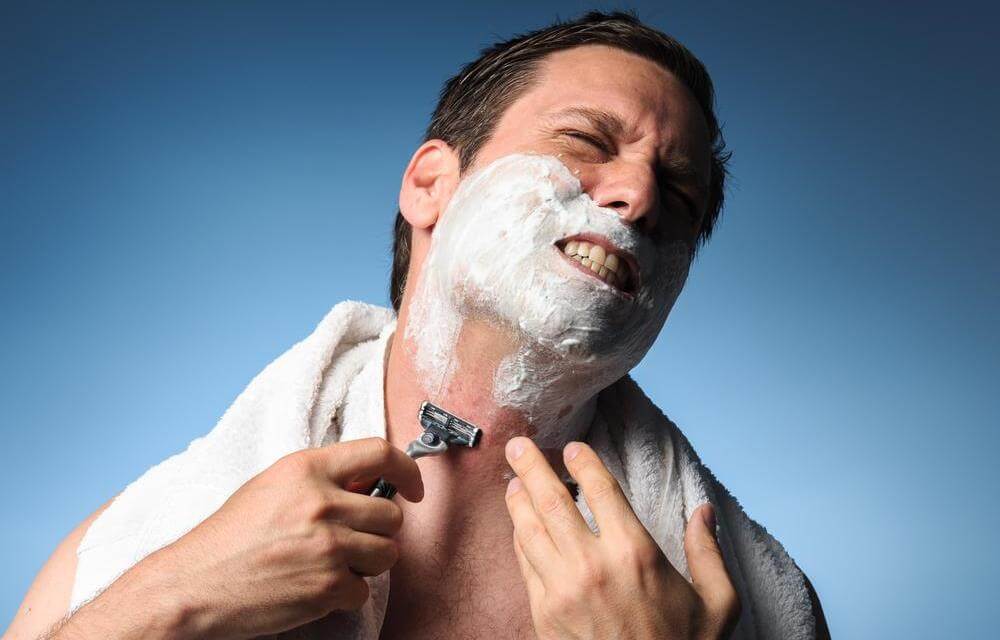
The Ultimate Comprehensive Guide to Effectively Eliminating Razor Bumps
Your Extensive Guide to Preventing and Treating Razor Bumps for Healthy, Clear Skin
Shaving is a common grooming practice embraced worldwide, whether for personal hygiene, aesthetic reasons, or professional requirements. However, many individuals encounter the frustrating problem of razor bumps, also known as pseudofolliculitis barbae, which can detract from a smooth and flawless appearance. These skin irritations are not only uncomfortable but also affect confidence and skin health.
Understanding the causes, prevention methods, and treatment strategies for razor bumps is essential in achieving healthy, irritation-free skin. This detailed guide will provide you with valuable insights, effective home remedies, professional tips, and product recommendations to manage and prevent razor bumps effectively, no matter your skin type or shaving routine.
What Are Razor Bumps?
Razor bumps are small, inflamed, raised bumps that appear on the skin after shaving, caused by ingrown hairs.
They develop when hair that has been cut during shaving grows back into the skin instead of outward, leading to localized swelling and inflammation.
These bumps often cause discomfort, including itching, tenderness, and sometimes even pain.
In addition to individual irritation, they can lead to hyperpigmentation or scarring if not properly managed.
Multiple factors contribute to their formation, including shaving techniques, hair type, and skin sensitivity.
Effective Home Remedies to Reduce and Heal Razor Bumps
Aloe Vera – Known for its soothing and healing properties, applying fresh aloe vera gel directly from the plant or an unscented store-bought product helps calm irritated skin, reduces inflammation, and promotes tissue repair.
Hot Compress – Applying a warm compress to the affected area helps open up pores, facilitating the natural emergence of ingrown hairs and decreasing swelling and discomfort.
Witch Hazel – As a natural astringent and anti-inflammatory agent, witch hazel cools the skin, reduces redness, and alleviates irritation when applied with a cotton pad.
White Tea Bag – Dabbing a damp, cooled white tea bag on the bumps leverages its tannic acid content, which helps shrink swollen tissue and lessen inflammation effectively.
Proven Strategies to Eliminate Razor Bumps
Pause and Allow Healing – If razor bumps appear, avoid shaving for 2-3 days to let inflammation subside. When resuming shaving, ensure the skin is well-prepared and use soothing creams to minimize irritation.
Use Cortisone Creams – Applying a low-dose hydrocortisone cream can significantly accelerate the healing process within 1-3 days, but it should be used sparingly to avoid skin thinning and other side effects.
Wear Breathable Clothing – Opt for loose, cotton fabrics in affected areas to prevent friction, allow the skin to breathe, and speed up healing.
Preventive Tips to Avoid Razor Bumps
Select High-Quality Shaving Equipment – Use sharp, clean razors and gentle, moisturizing shaving creams or gels to reduce skin trauma and irritation.
Incorporate Shaving Oils – Applying a pre-shave oil creates a protective barrier, reducing friction and allowing for smoother, more precise shaves.
Choose Single-Blade Razors – These razors lessen the risk of multiple cuts and ingrown hairs compared to multi-blade options, promoting healthier skin.
Opt for Wet Shaving Kits – Designed specifically to minimize irritation, these kits include products formulated to protect sensitive skin during shaving.
Managing Razor Bumps in Sensitive Areas
Let Hair Grow – After noticing bumps, avoid shaving for a few days to permit the skin to heal and reduce the likelihood of further irritation or scarring.
Resist Scratching or Picking – Touching or scratching bumps can worsen inflammation and lead to scarring. Instead, apply soothing remedies gently.
Apply Retinoids – Topical retinoid products like tretinoin or adapalene, which contain Vitamin A derivatives, promote rapid skin cell turnover, helping bumps heal faster and reducing the chance of future ingrowths.
In conclusion, preventing and treating razor bumps requires a combination of proper shaving techniques, targeted skincare, and patience. By understanding your skin’s needs and adopting effective routines, you can enjoy smooth, healthy skin free of irritation and discomfort. Regularly updating your grooming strategy and utilizing natural remedies can significantly minimize the occurrence of razor bumps and enhance your overall skin health.
